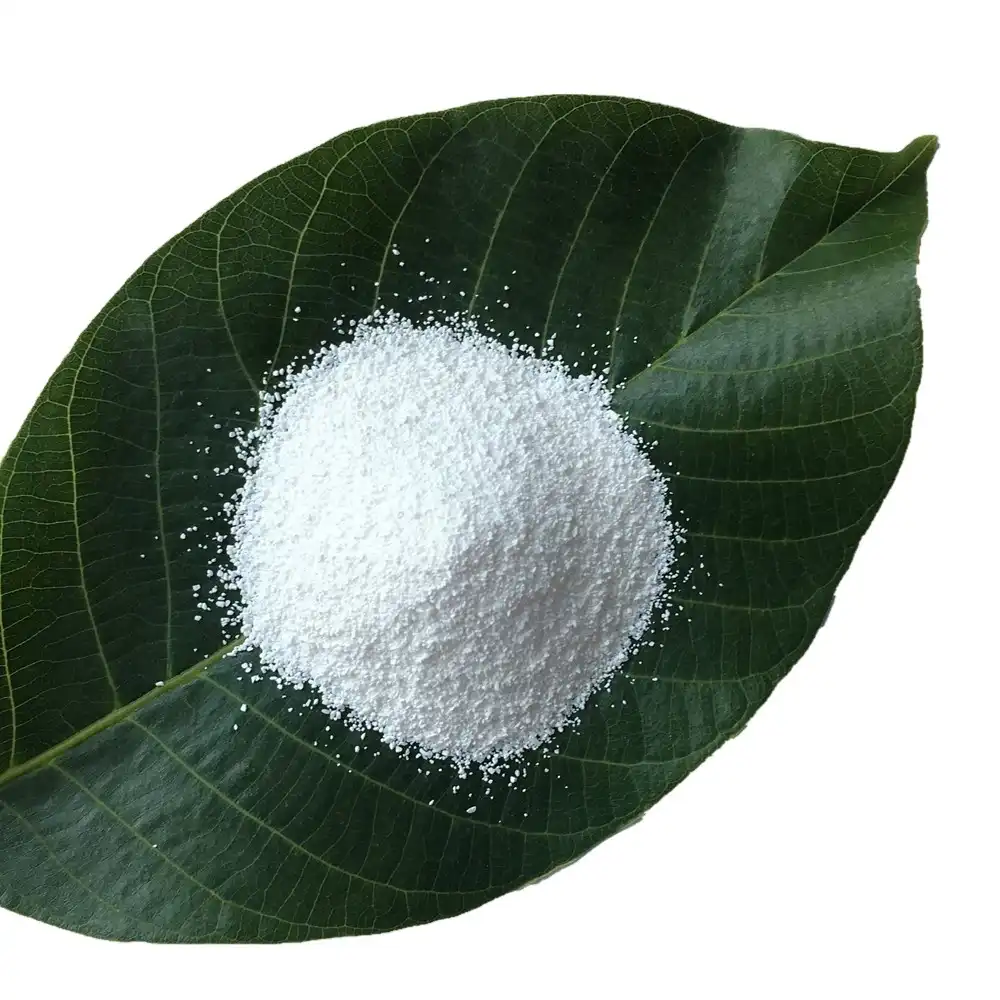Hebei Messi Biology Co., Ltd. stated that magnesium in seawater mainly exists in the form of magnesium chloride and magnesium sulfate. The process of large-scale production of magnesium metal from seawater is not complicated. Lime milk is added to seawater to precipitate magnesium hydroxide, inject hydrochloric acid, and then convert it into anhydrous magnesium chloride. The intermediate product of magnesium hydroxide produced from seawater can also be used to produce magnesium oxide, magnesium carbonate and other products. The toothpaste we use every day is mainly composed of magnesium carbonate; plumbers wrap a layer of white lime-like substance on the water pipes to prevent the water pipes from freezing and cracking at around -10℃ in winter, which is also the credit of magnesium carbonate; even rubber manufacturing often uses magnesium carbonate as a filling material. Magnesium is the third most concentrated element in seawater. It is estimated that 1.3 million tons of magnesium can be extracted from every cubic kilometer of seawater. Countries with high sea salt production mostly use salt bittern to produce various magnesium compounds. Countries lacking terrestrial magnesium mines also produce large quantities of magnesium metal and various magnesium salts directly from seawater. Today, a large part of the world’s magnesium metal and magnesium compounds are directly or indirectly taken from seawater.

By the early 21st century, the main products extracted from brine were magnesium chloride, magnesium sulfate, magnesium oxide and magnesium hydroxide. When extracting magnesium from seawater, the seawater is first pumped into a large pool and lime milk is poured in to produce a suspension of magnesium hydroxide, which is to enrich and purify the magnesium element. After the precipitation settles, the precipitate is taken out and washed to obtain high-purity magnesium hydroxide. It is not very useful and must be turned into useful magnesium oxide and metallic magnesium.
Magnesium hydroxide is unstable and decomposes into magnesium oxide and water when heated.
Mg(OH)2—-MgO+H2O
It is difficult to make +2-valent magnesium ions gain electrons and reduce to elemental magnesium. If magnesium is smelted in a similar way to iron smelting, a very high temperature is required. For example, magnesium oxide can only be reduced to elemental magnesium at 2000℃ with coke. The magnesium obtained in this way often contains more impurities.
MgO+C—-Mg+CO↑
Therefore, electrolysis is often used in industry to make magnesium ions gain electrons at the cathode and reduce them to elemental magnesium. To smelt magnesium by electrolysis, you must first obtain a molten liquid containing magnesium ions. Among magnesium compounds, typical ionic compounds are magnesium oxide and magnesium chloride. The melting point of magnesium oxide is too high (2800℃), while the melting point of magnesium chloride is much lower (714℃). Therefore, people choose magnesium chloride as the raw material for electrolytic production of magnesium.
Dissolve magnesium hydroxide (or magnesium oxide) with hydrochloric acid, and then concentrate the solution to obtain magnesium chloride.
Mg(OH)2+2HCl=MgCl2+2H2O
There are magnesium ions that can move freely in molten magnesium chloride. After direct current is applied, the chloride ions move to the anode, lose electrons at the anode, oxidize to chlorine atoms, and two chlorine atoms combine to form one chlorine molecule; the magnesium ions move to the cathode, gain electrons at the cathode, and are reduced to elemental magnesium. The reaction occurring at the two electrodes is
Anode: 2Cl–2e=Cl2↑
Cathode: Mg2++2e=Mg
The overall electrolysis reaction equation can be expressed as follows:
Power on
MgCl₂(l)====Mg(s)+Cl₂(g)↑
Note: In order to prevent the generated magnesium from being oxidized by oxygen in the air at high temperatures, electrolysis needs to be carried out in a special vacuum environment or under the condition of hydrogen chloride gas as a protective gas.
